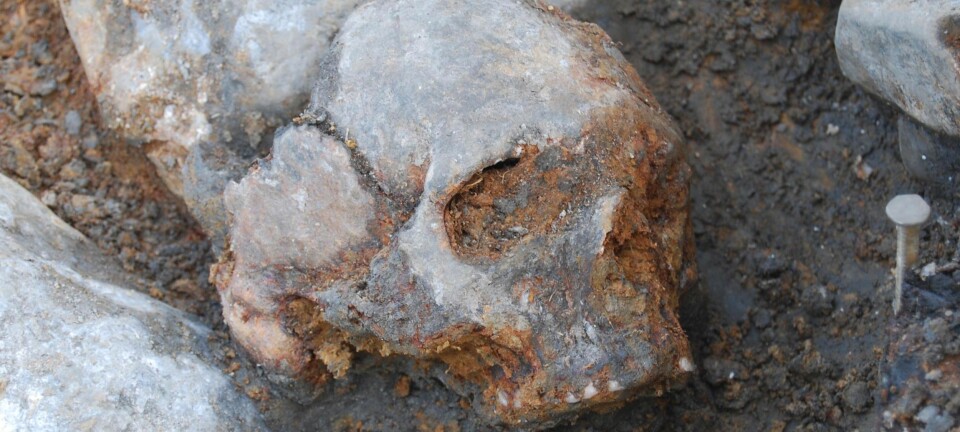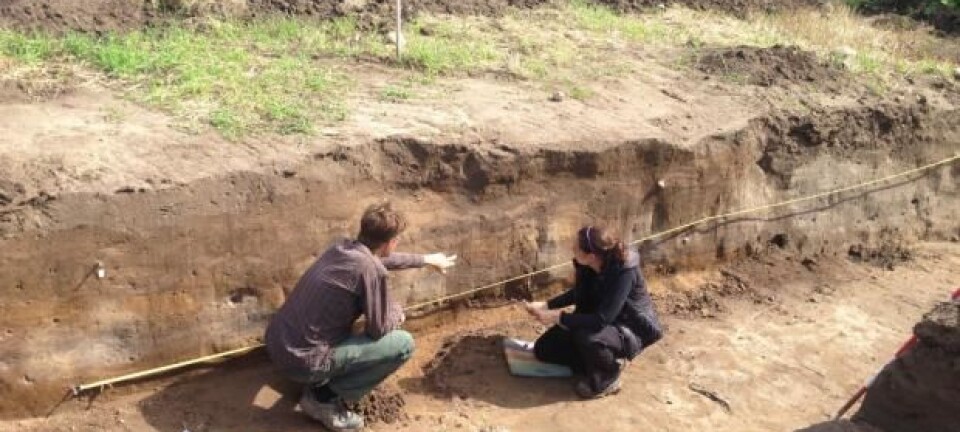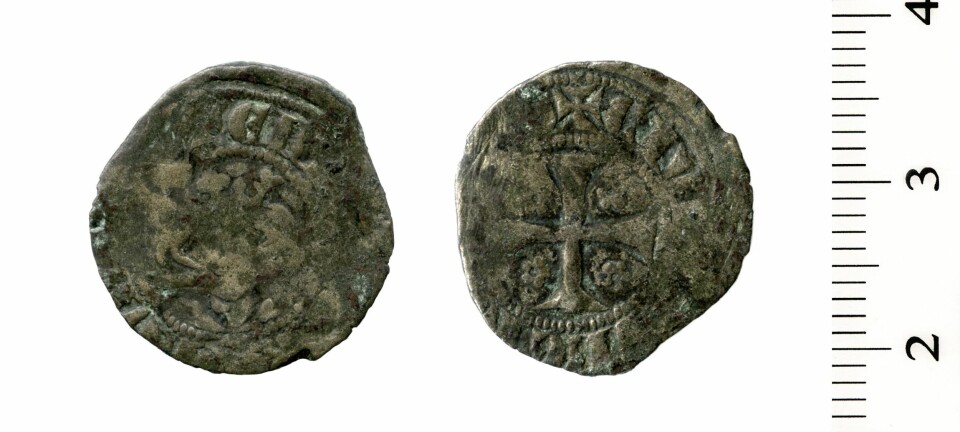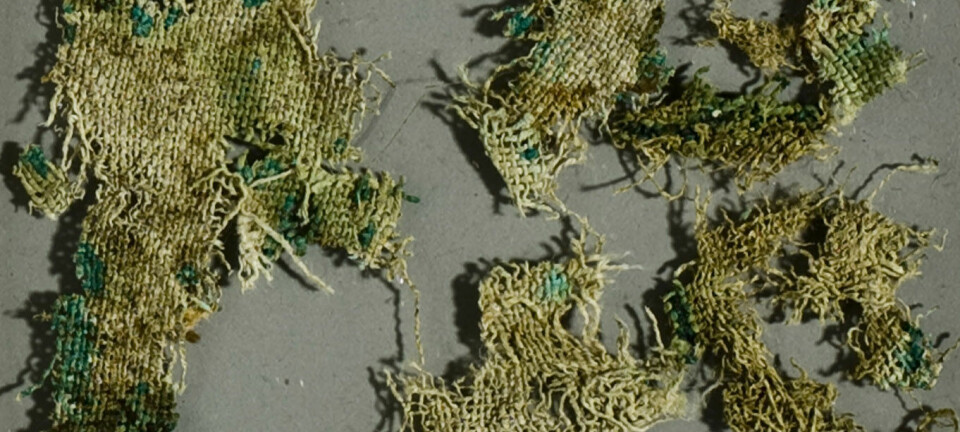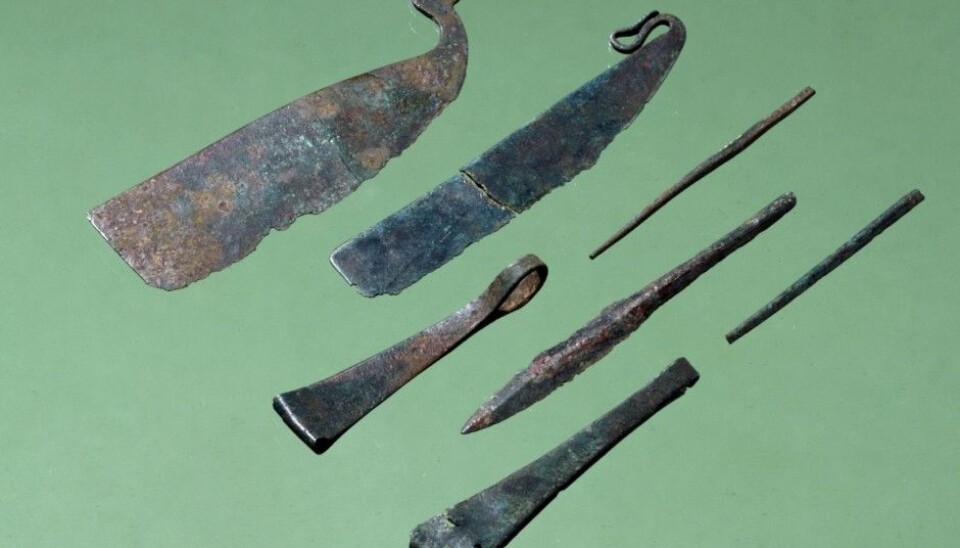
Ancient male warriors showed signs of vanity
Scandinavian men who lived 3,000 years ago were buried with bronze straight-edged razors, tweezers and tools that could have been used for manicures.
Decoration, hair removal and sexy men were in vogue during one historical period — weapons and prowess in battle dominated in another. Then came a time when men had more choice in the matter.
“There were more ways of being a man than we thought,” says Lisbeth Skogstrand, an archaeologist who has contributed with something as novel as a gender perspective on men’s burial mounds.
Her doctoral dissertation at the University of Oslo tries to show how masculinity in Scandinavia has changed during periods that lack a local written history.
Her study spans 1,500 years, from the Early Nordic Bronze Age from 1100-500 years BC until 400 AD, during the late Roman Period, which was part of the Early Iron Age in Northern Europe.
Masculine strength
Skogstrand bases her ideas on 805 findings from graves in Norway and Denmark. These included 197 Norwegian cremation graves in Eastern Norway.
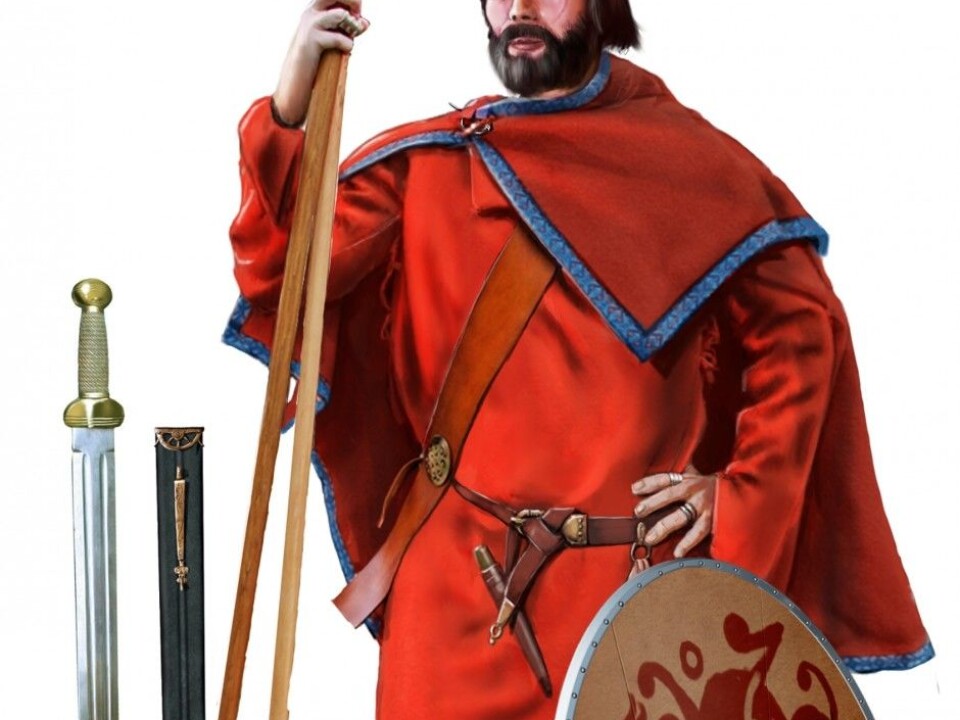
The choice of objects the dead were buried with would not have been incidental. So the graves tell us much about was considered important in contemporary societies, even if they might reveal little about the daily life of the general population.
Many have studied these grave artefacts before, but not exactly with this perspective on the male gender. What things did men take with them to the grave?
Skogstrand says the finds show that being a warrior was not always the ideal. Men were buried with weapons particularly during a short span of the Roman Period, around 200 AD.
This was seen mainly in the Norwegian counties of Oppland, Hedmark and Buskerud. The ideal of the warrior was not as dominant in Østfold, the county southeast of Oslo, along the current border with Sweden.
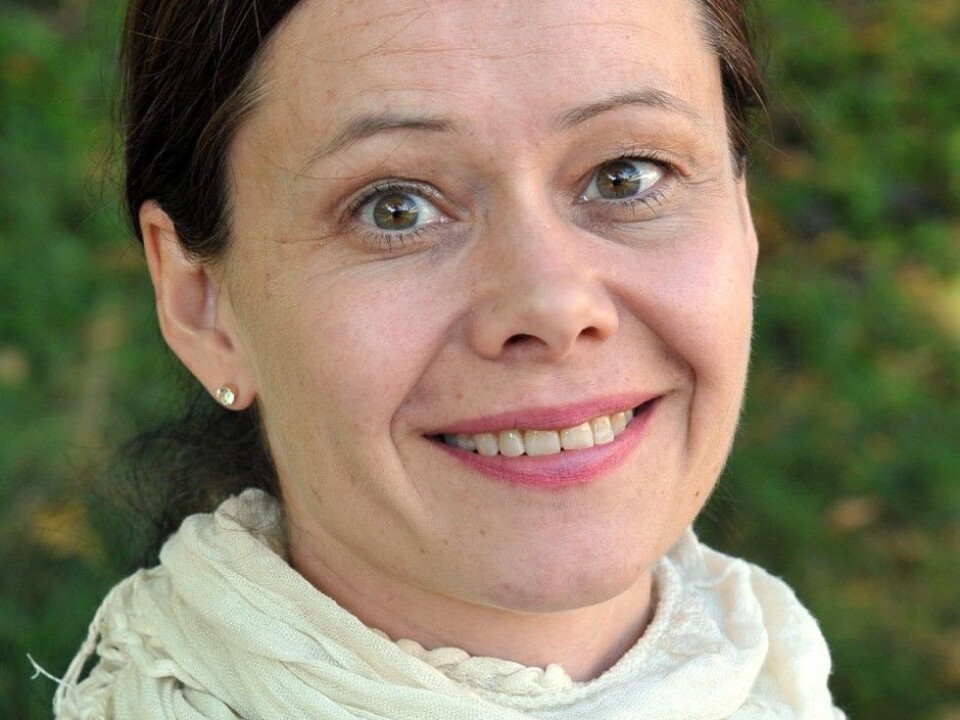
Half of the men’s graves she studied in this period contained spears, shields and other iron weapons. Skogstrand considers these weapons as representing ideals related to masculine strength. The contrast to the women’s graves of the time is blatant. Women were buried with tools such as scissors, knives and spindles.
Skogstrand discusses the warrior culture of the day. In a society where clans and local chieftains were dominant, people had to constantly fight against rivals to protect what they had.
Perhaps all free men were expected to master the use of weapons. Training in the martial arts would have started in boyhood.
Buried with toilet case
“The ideal of the man as a warrior did not last long. Over the course of the 3rd century the warrior nearly disappears from the graves,” says Skogstrand.
In spite of this evidence, the warrior is what has been stressed as the typical man for many more era, both by the general public and by archaeologists, Skogstrand says.
She would like to add some nuance and refers to three tendencies in the male ideal in different periods, based on what men were buried with:
• Early Bronze Age (1100-500 BC): Grooming articles. Vain men who cultivated their bodies and the art of war.
• Early and later Roman Period around the year 200 AD: Weapons and decorative items. Warrior culture in which all were expected to engage in combat.
• Later Roman Period (200-400 AD): Tools and decorative items, the same as women had in their graves. Multiple male roles. Professional warriors but also artisans and others.
Hair removal
The most prominent burial artefacts in male graves in the Bronze Age were for grooming. Razors made of bronze, tweezers and an item that possibly was used for manicuring show that men engaged in hair removal and other forms of grooming.
“An exclusive toilet case,” says Skogstrand, and identifies such graves as those of the elite.
“We have found traces of beard hair and possibly eyebrows on the razors, so they probably removed hair from various parts of the body,” says Skogstrand.
She has previously studied petroglyphs, rock carvings, from the same period. The motifs include men carrying weapons and with oversized erections. When considered in the context of the grooming articles, she is led to believe that being a sexy warrior was a contemporary social ideal.
“The warriors were considered the most handsome, sexy and ideal men,” Skogstrand wrote in her doctoral thesis [ScienceNordic’s translation].
“It would probably be taking things a step too far to say they engaged in bodybuilding, but it was important to develop a fit body,” she says.
Ritual fights were probably important for the elite. Well-trained bodies would demonstrate the art of war. The weapons they had at their disposal demanded special skills. A bronze sword would break if used improperly.
Life and death
Warfare using bronze weapons was primarily the prerogative of the upper class. Bronze was costly and had to be imported from abroad. Few could afford bronze razors as well.
But Skogstrand thinks the epitome of manhood in these societies was the sexy warrior.
However, Julie Lund, an associate professor of archaeology at the University of Oslo, thinks Skogstrand is carrying this a little too far. Lund was a member of the committee that evaluated Skogstrand’s doctoral dissertation.
“We see indications in this material, but not enough for making such sweeping conclusions. I wish she had stuck to saying something about how gender is portrayed through burial rituals. The graves don’t necessarily say so much about how people lived in this society,” says Lund.
She thinks the findings would have had a stronger foundation if Skogstrand had also studied graves where the corpses had been buried as they were rather than cremated. This would enable a study of tell-tale skeletal signs of battle, or whether the well-trained warrior was more of a myth than a reality.
Even if the elite maintained warrior bodies, we can only speculate whether this was a male ideal that impacted the general population. Lund points out that most people from this time had no graves at all.
“Despite that, I think Skogstrand raises some legitimate questions. There has been too little focus on male roles in archaeology. When researchers have studied gender they have been more concerned about women,” she says.
Influenced by the Romans
Scandinavian prehistory has a blank spot in the last 500 years BC where Skogstrand cannot determine anything about changes in masculine ideals. The graves from this period contain few artefacts.
This means Skogstrand is comparing periods separated by several centuries. It shouldn’t come as too much of a surprise if society and male roles changed in the course of 500 years.
The powerful Roman Empire had an extensive influence, including an impact on Scandinavians — even though they were outside the boundaries of Roman rule.
One effect would be the advent of professional warriors, soldiers who not only fought on behalf of themselves or their families, but were also hired as mercenaries to protect other’s resources. More emphasis was then placed on fighting skills. Warfare was for a minority. One could perhaps call them professional soldiers.
Razors disappeared
Men and women were buried with the same type of objects in the younger graves that Skogstrand studied, from 200 AD to 400 AD. She interprets this as an indication that gender became less important, while social status or class gained significance. Society became more differentiated and upper class males had more roles to play. The warrior was no longer the only ideal.
The tools that men and women were buried with varied according to how costly the graves were, and likely in accordance with social status. Both sexes could be artisans, shamans or the upper crust which partied using Roman drinking vessels.
Excavated burial sites more will more often than not elicit multiple interpretations. Perhaps the razors were no longer included as grave goods for some other reason than a change in fashion favouring beards and more body hair. Skogstrand points out, for instance, that shaving could have become so common that the elite no longer deemed razors a status symbol.
------------
Read the Norwegian version of this article at forskning.no
Translated by: Glenn Ostling
